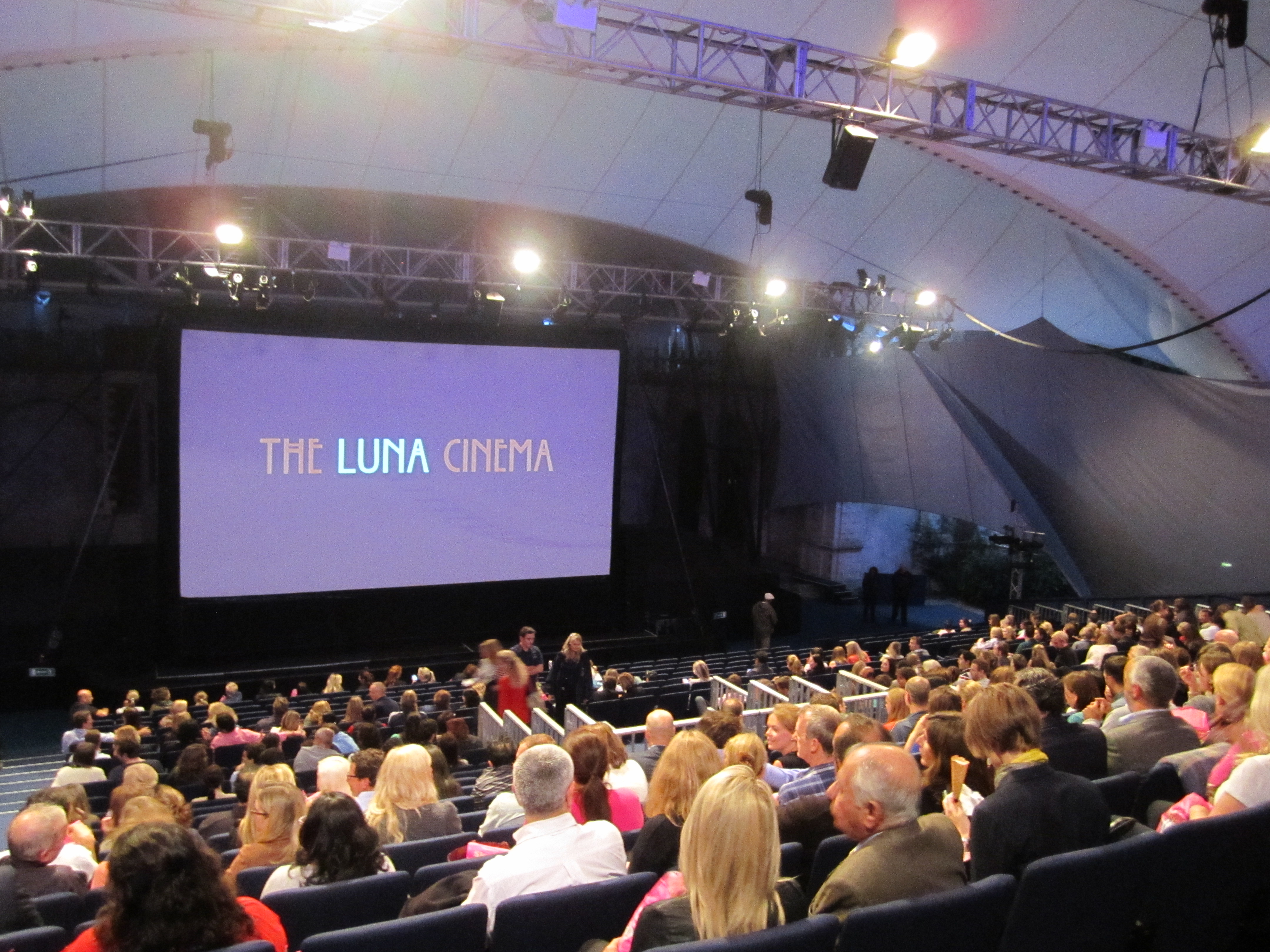I think the British are fascinating people, different and similar at the same time than their American cousins. One thing I do know if that the British love going to the movie theatres. Movie going seems to be deeply ingrained in their culture. It seems to be tied to a deeper sense of community that we have here in America.
One Tuesday night last year 20,000 people went to 280 screens for a two hour screening. They did not go see the latest amazing Hollywood blockbuster but to watch Pompeii Live at the British Museum, a guided tour of artifacts from a Roman town buried under volcanic ash in 79 AD hosted at the world famous London based Museum. This is an example of one of the hottest trends in the cinema sector: the rise of so-called alternative content.Many of the world’s cinema chains – including Regal, Cinemark, , Vue, and Odeon have started to screen everything from live opera and ballet to rock concerts and sporting events.
The replacing of film with digital delivery has enabled right thinking theatres to expand its offerings . Now frankly I am still not convinced that DCP did throw the baby out with the bathwater and that DCP in many ways was a scam by the studios….but it is what its is and it has already happened.
Theatres with day and date looming large, should be exploring and exploring hard about the idea of cutting the umbilical cord that Hollywood has instilled in most cinema economies and take a deep hard look at charting their own path. Two years ago out of the 36 billion done in box office only 400 million was a result of alternative content, but that number is changing, getting larger …..and fast.
“It’s the only growth area in cinema” in stagnating markets such as the UK and the US, says Melissa Keeping, chairman of the Event Cinema Association, an industry body founded in 2103 “Rather than a nice little add-on to dabble in, people are starting to see this as a really viable revenue stream.” New York’s Metropolitan Opera pioneered the global alternative market in 2006 with the satellite transmission of Mozart’s The Magic Flute.
The demand for Met produced shows has grown so much since then that the New York-based opera now broadcasts its shows to more than 1,000 screens in more than 40 countries around the world, making in excess of $60,000,000 a year.
In the United Kingdom, the Royal Opera House and the National Theatre are also have grabbed hold of the opportunities of movie theatres, even the Russians have gotten into the act with in the first global live 3D theatre event, the Stravinsky Theatre in St Petersburg, Russia, broadcast the ballet Swan Lake using the same 3D technology used to film Avatar .
Alternative content has the deep ability to bring back people to cinemas who have not been in years. It gives long disappointed customers a reason to fall in love again with going to the movies. Opera, ballet and theatre have proved particularly successful, meeting a previously untapped demand for high culture from people who could not afford or travel to see performances first hand. It is estimated that very shortly alternative content could reach a five per cent share of box office in some countries, which would take the global market for alternative content well beyond $1bn.I think it is going to be much larger than that.
What is truly compelling for movie theatres, the real gold behind alternative content is not the increased ticket prices, what is most appealing is that live or unusual shows draws a new kind of customers and events can be scheduled during the traditionally downtime of the theatre. Now if you are thinking outside the box that Hollywood places around traditional exhibition, and you want to prevent some of the erosion day and date will cause, please consider this;
On top of alternative arts programming consider these income streams. Gaming has taken a large part of the traditional 18-24 male audience away from going to the theatres. Why not stage gaming contests on your large 35 foot screens. You will find that soon your movie theatre will be cool again with generation z and millennial demographics of your community. This will cause them to change the perception of movies and will start again to watch movies at your theatre.
Last year a large amount of movies were made. Beleive it or not approximately 7000 feature films were made last year in North America. A lot are really bad and frankly should be locked away in a drawer forever, 5 percent have big screen potential. Last year 56 films, primarily studio pictures saw some form of release (more than 10 screens). That means that there are likely hundred of screen worthy picture that will not see the light of a movie screen every year. This is lost potential and could be a solution of the issues of dead screens.
Three years ago I did an experiment. I took a very low budget zombie picture, released it using blu-ray into 12 independent theatres, all with a minimum of 6 screens. I did a poster program as well made sure that for threes week the movies trailer played on all screens. On the weekend I released this picture this little film was number two in in all 12 theaters.
What it showed me is that we have a huge problem with second features in drive-ins and with dormant screens in hardtops. This problem could be solved with encouraging theatres to engage in searching for worthy product and not just to rely on the whims of Hollywood. Lets face it Hollywood cares less and less about exhbitors and maybe its time we returned the favor.
It’s really time for theatres and drive-ins to become masters of their own destinies. Look to the British they are doing some fascinating things.

